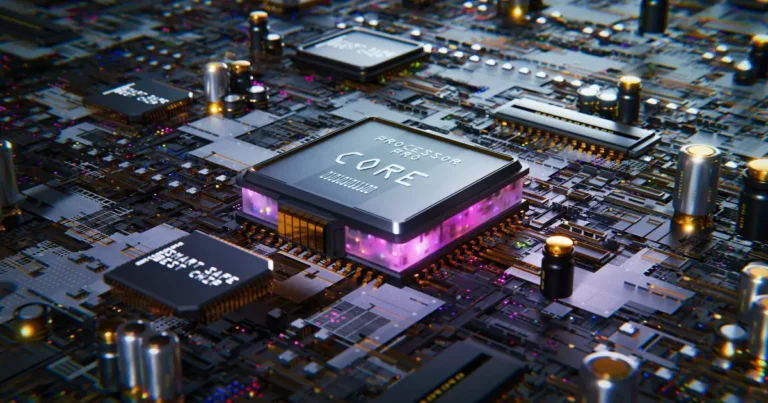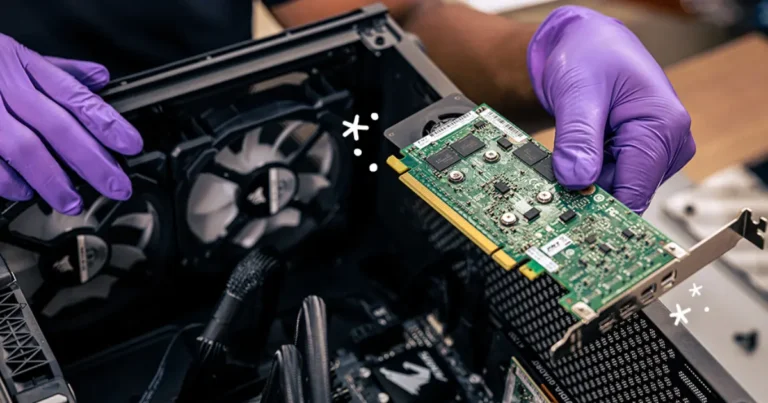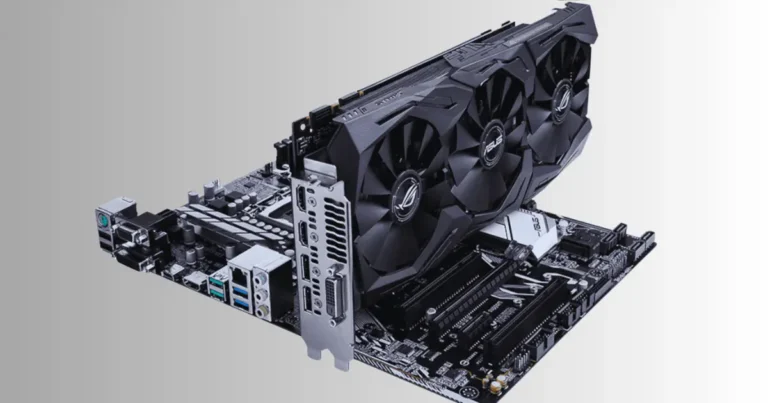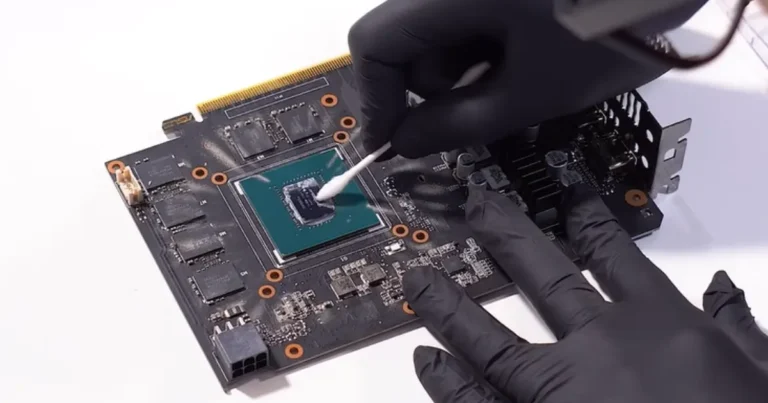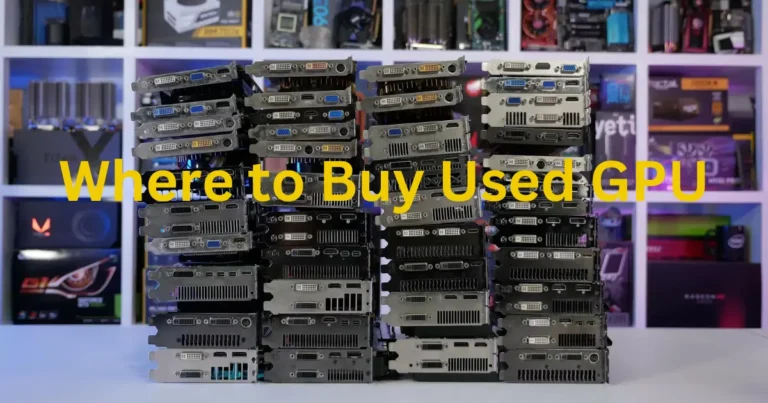What is a GPU Server
Ever wondered what powers the stunning graphics in video games or the complex computations in AI? The answer lies in GPU servers. These powerful machines are revolutionizing multiple industries, from gaming to scientific research. But what exactly is a GPU server, and why is it so important? Let’s dive into the fascinating world of GPU servers and uncover their secrets.
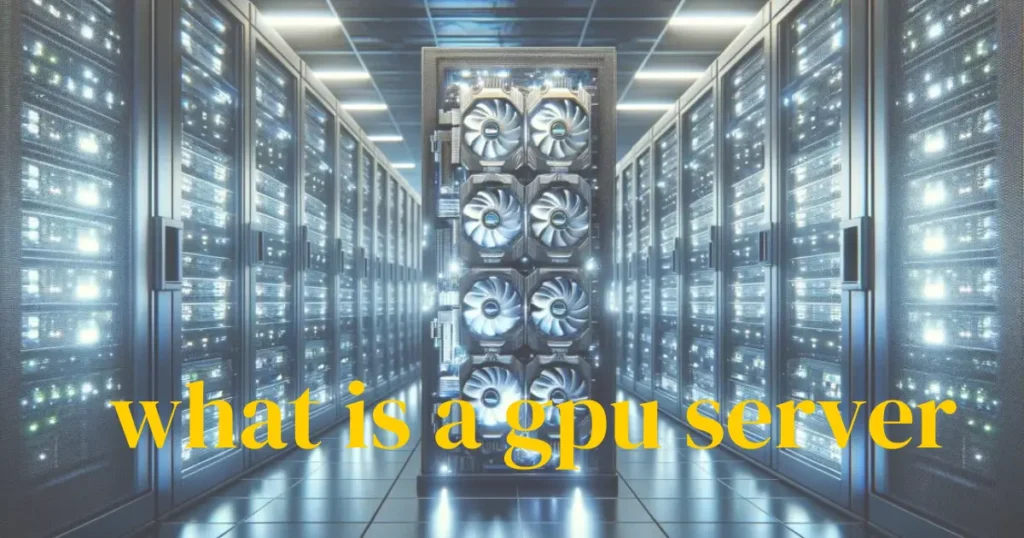
Understanding GPUs
What is a GPU?
A GPU, or Graphics Processing Unit, is a specialized processor designed to accelerate graphics rendering. Unlike a CPU (Central Processing Unit), which handles general computing tasks, a GPU is optimized for parallel processing, making it perfect for tasks that involve large-scale data manipulation and complex calculations.
History of GPUs
The concept of GPUs dates back to the early 1980s, with simple chips dedicated to handling graphics for video games. Over the decades, GPUs have evolved dramatically, becoming essential components in modern computing for both graphics rendering and data processing.
Differences Between CPU and GPU
While CPUs are great for single-threaded performance and a variety of tasks, GPUs excel in parallel processing. This means they can handle thousands of operations simultaneously, making them ideal for tasks like rendering video, training machine learning models, and running complex simulations.
Components of a GPU Server
GPU Hardware
At the heart of a GPU server is the GPU itself. These powerful chips are designed by companies like NVIDIA and AMD, known for their high-performance and efficient designs.
Supporting Hardware
A GPU server also includes other critical components:
- CPU: Manages general tasks and coordinates data flow.
- RAM: Provides the necessary memory for quick data access.
- Storage: High-speed SSDs ensure fast read/write operations.
Software and Drivers
To harness the power of GPU hardware, appropriate software and drivers are essential. These include operating systems, GPU-specific drivers, and specialized software for tasks like machine learning or 3D rendering.

Types of GPU Servers
Dedicated GPU Servers
These are physical servers solely dedicated to GPU tasks. They offer maximum performance and are ideal for high-demand applications.
Virtual GPU Servers
Virtual GPU servers divide a physical GPU into multiple virtual instances, providing flexibility and cost-efficiency for smaller tasks or less intensive applications.
Cloud-based GPU Servers
Services like AWS, Google Cloud, and Microsoft Azure offer GPU servers on a rental basis. This allows businesses to scale their computing power as needed without significant upfront investment.
How GPU Servers Work
GPU Processing Capabilities
GPUs excel in handling multiple tasks at once. They break down complex computations into smaller tasks that can be processed in parallel, dramatically speeding up the processing time.
Parallel Processing Explained
Parallel processing allows a GPU to execute thousands of operations simultaneously. This is achieved through thousands of small cores that handle separate tasks, making GPUs incredibly efficient for data-heavy applications.
Workload Distribution
In a GPU server, the workload is distributed between the CPU and GPU. The CPU handles general tasks, while the GPU takes on heavy-duty parallel processing tasks, ensuring efficient utilization of resources.
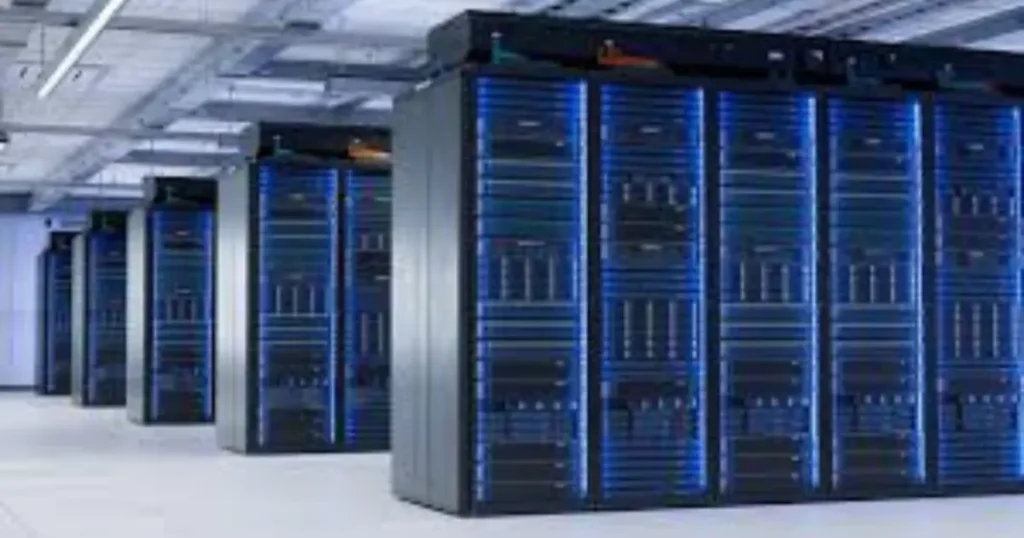
Benefits of GPU Servers
Enhanced Performance
GPU servers significantly boost performance for tasks that require heavy computational power. This includes everything from rendering 3D graphics to training complex neural networks.
Speed and Efficiency
By leveraging parallel processing, GPU servers can complete tasks much faster than traditional CPU servers. This efficiency translates to reduced processing times and quicker results.
Scalability and Flexibility
GPU servers can be easily scaled to meet increasing computational demands. Whether through cloud services or adding more GPUs to an existing server, scalability ensures that businesses can adapt to their growing needs.
Applications of GPU Servers
Machine Learning and AI
GPU servers are a cornerstone in machine learning and AI development. They accelerate the training of neural networks, allowing for quicker iterations and improved models.
Scientific Computing
In fields like physics, chemistry, and biology, GPU servers handle simulations and data analysis, speeding up research and enabling more complex studies.
Video Rendering and Editing
GPU servers are vital for video rendering, offering real-time editing capabilities and faster rendering times, which are essential for the media and entertainment industry.
Gaming and Graphics
For game developers and graphic designers, GPU servers provide the necessary power to create and render high-quality visuals, enhancing the gaming experience and productivity.
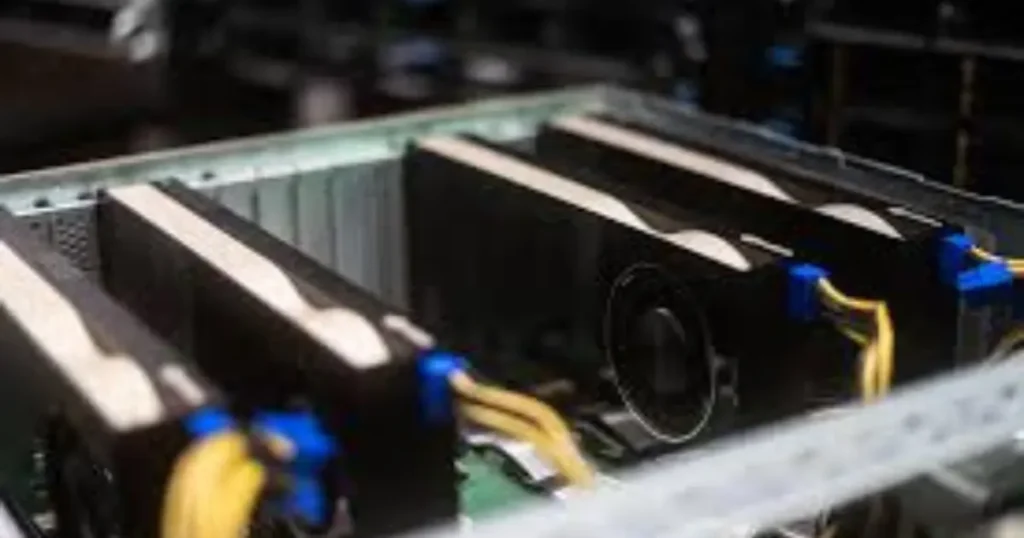
Choosing the Right GPU Server
Assessing Your Needs
The first step in choosing a GPU server is understanding your specific needs. Consider the type of tasks, the required performance, and the expected workload.
Key Specifications to Consider
Look at factors like the number of GPU cores, memory size, and bandwidth. These specifications will determine the server’s performance and suitability for your tasks.
Budget Considerations
Balancing performance and cost is crucial. While high-end GPU servers offer the best performance, they come at a higher price. Evaluate your budget and choose a server that provides the best value for your investment.
Setting Up a GPU Server
Hardware Setup
Setting up a GPU server involves installing the GPU, connecting it to the CPU, and ensuring proper cooling and power supply.
Installing and Configuring Software
Install the necessary operating systems, drivers, and specialized software to utilize the GPU’s capabilities fully.
Testing and Benchmarking
After setup, perform tests and benchmarks to ensure the server meets your performance expectations and is ready for your specific applications.
Maintaining a GPU Server
Regular Updates
Keep your software and drivers up to date to ensure optimal performance and security.
Monitoring Performance
Use monitoring tools to track the server’s performance and identify any potential issues early.
Troubleshooting Common Issues
Be prepared to troubleshoot common issues like overheating, driver conflicts, and performance bottlenecks to maintain smooth operation.
GPU Server Providers
Major Providers
NVIDIA and AMD are the leading providers of GPU hardware, offering a range of products tailored to different needs.
Cloud Service Providers
AWS, Google Cloud, and Microsoft Azure offer cloud-based GPU servers. These services provide flexibility and scalability, making them a popular choice for businesses of all sizes.
Comparison of Services
Compare the offerings of different providers to find the best match for your needs, considering factors like performance, cost, and support.
Future of GPU Servers
Emerging Technologies
New technologies like quantum computing and advancements in AI are poised to drive the evolution of GPU servers, offering even greater performance and capabilities.
Potential Developments
Expect developments in GPU architecture, energy efficiency, and integration with other emerging technologies to shape the future of GPU servers.
Impact on Industries
The continuous improvement of GPU servers will impact various industries, enabling more advanced applications and driving innovation.
Common Misconceptions About GPU Servers
Myths and Facts
There are several misconceptions about GPU servers, such as the belief that they are only useful for graphics. In reality, they have a wide range of applications beyond just graphics processing.
Clarifying Misunderstandings
Educate yourself on the true capabilities and limitations of GPU servers to make informed decisions and utilize them effectively.
Conclusion
GPU servers are a powerful tool for a wide range of applications, from gaming to scientific research. By understanding their components, benefits, and how to choose the right one, you can leverage their capabilities to meet your computational needs. As technology continues to evolve, GPU servers will play an increasingly vital role in driving innovation and performance.

